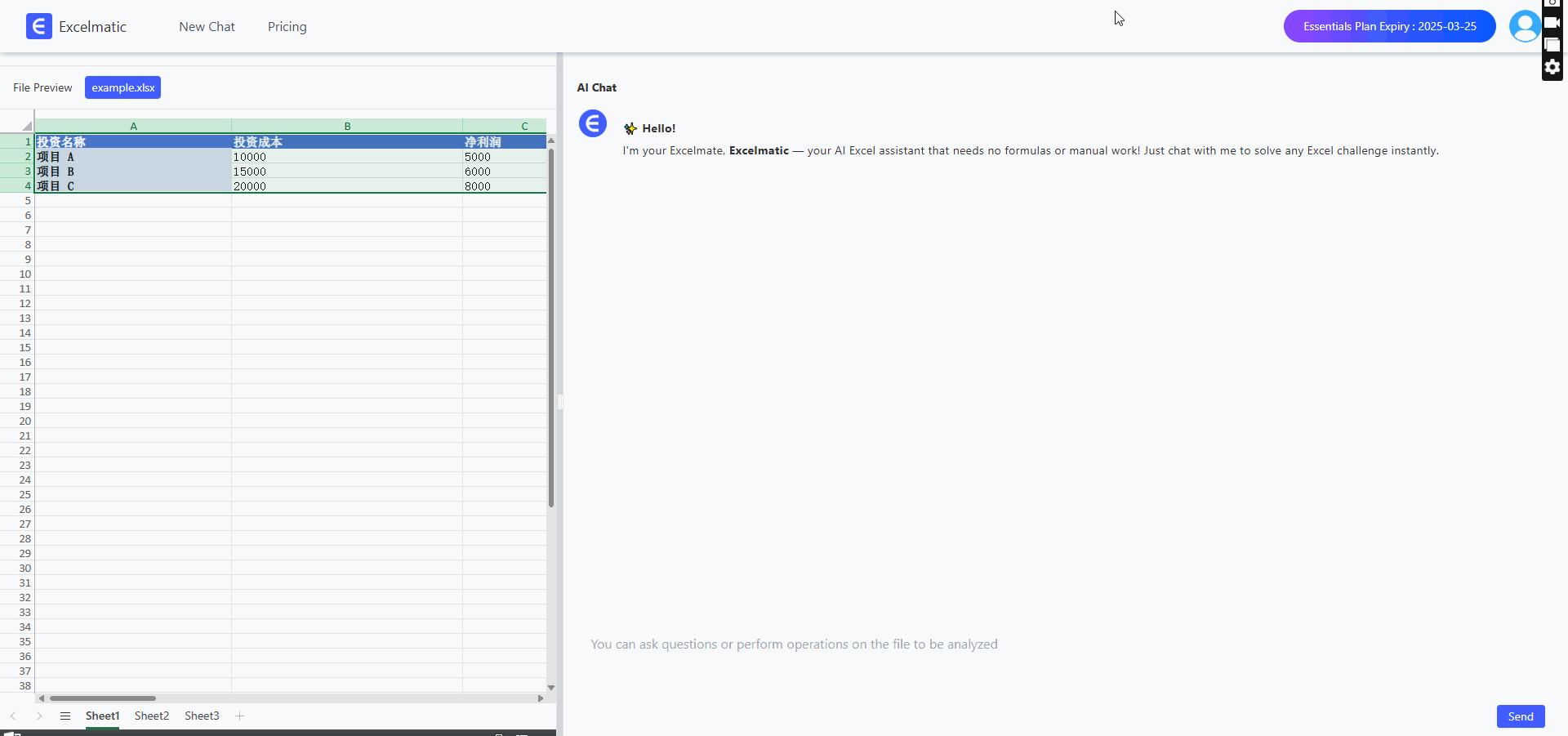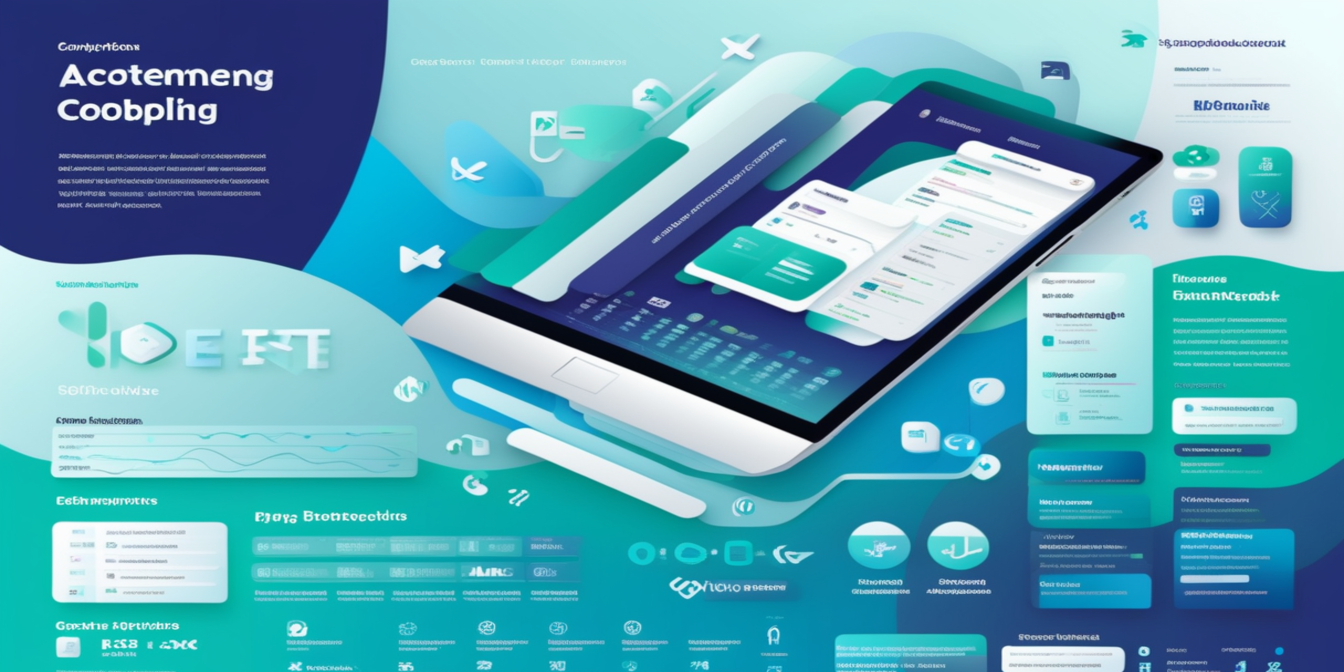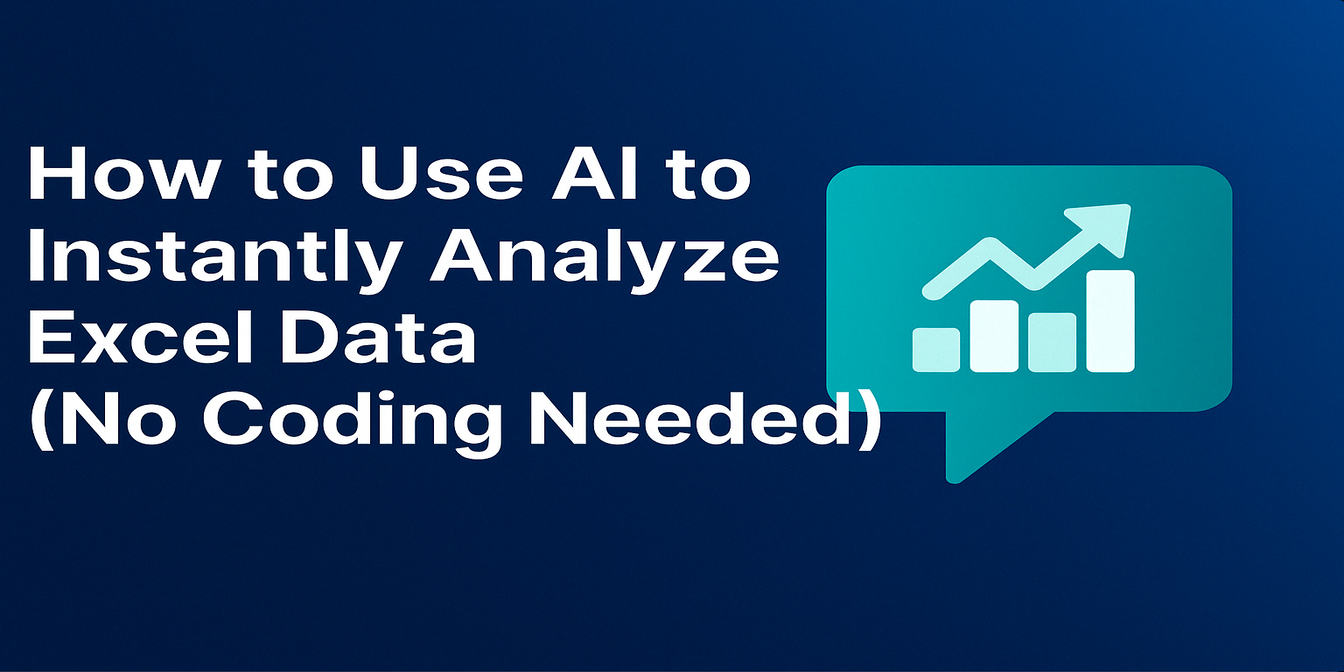In today's data-driven business environment, calculating Return on Investment (ROI) is crucial for making informed decisions. While Excel has long been the go-to tool for financial calculations, the advent of artificial intelligence (AI) is transforming how we approach these tasks. In this article, we will explore how Excel AI simplifies ROI calculations and compare traditional methods with AI-driven approaches.
Understanding ROI
Return on Investment (ROI) is a performance metric used to evaluate the efficiency of an investment or compare the efficiency of multiple investments. It is calculated by dividing the net profit by the cost of investment and multiplying by 100 to get a percentage:

This simple formula provides valuable insights into how well an investment is performing relative to its cost.
Why ROI Matters
Calculating ROI is essential for several reasons:
- It helps businesses allocate resources effectively.
- It provides a basis for comparing different investment opportunities.
- It enables performance tracking over time.
- It assists in making data-driven decisions.
Without understanding ROI, businesses risk investing in underperforming projects while missing out on more profitable opportunities.
Traditional ROI Calculation in Excel
Let's walk through the traditional method of calculating ROI in Excel:
- Open Excel and create a new worksheet.
- Label the columns:
- Column A: Investment Name
- Column B: Cost of Investment
- Column C: Net Profit
- Column D: ROI
- Enter your investment data in the rows under these labels.
- In cell D2, enter the formula:
=(C2/B2)*100. - Press Enter and then drag the formula down to apply it to other rows.
This method works well for simple calculations but can become cumbersome with complex datasets or multiple variables.
Calculating ROI with Excel AI
Excel AI simplifies the ROI calculation process through natural language processing and automation. Let's explore this through a practical example.
Use Case
Assume you manage a small investment portfolio with the following three projects:
| Investment Name | Cost of Investment | Net Profit |
|---|---|---|
| Project A | 10000 | 5000 |
| Project B | 15000 | 6000 |
| Project C | 20000 | 8000 |
Traditional Method
In traditional Excel, you would manually enter formulas to calculate the ROI for each project. For example, in cell D2, you would enter the formula =(C2/B2)*100 and then drag the formula down to calculate the ROI for the other projects.
Using Excel AI
With Excel AI, you can complete these calculations through simple dialogue:
- Open Excelmatic and load your investment data.
- In the dialogue box of Excelmatic, type the question: "Calculate the ROI for each investment."
- Excelmatic's AI instantly analyzes your data and displays the ROI calculation results for each project:

In this way, Excel AI not only simplifies the calculation process but also provides instant analysis and insights to help you make quick decisions.
Key Differences Between Traditional Excel and Excel AI
| Feature | Traditional Excel | Excel AI |
|---|---|---|
| Data Input | Manual entry or importing files | Supports data import and can connect to live data sources |
| Calculation Method | Requires manual formula entry | AI-driven automatic calculations |
| Complexity Handling | Limited by user expertise | Handles complex calculations effortlessly |
| Time Requirement | Time-consuming for large datasets | Instant results |
| Learning Curve | Requires Excel knowledge | Minimal learning required |
| Error Potential | Higher risk of human error | Reduced error through automation |
| Analytical Capabilities | Limited to what's programmed | Can identify patterns and insights |
Benefits of Excel AI for ROI Calculations
- Speed: Instant ROI calculations without formula entry.
- Accuracy: Reduced risk of human error in complex calculations.
- Accessibility: Democratizes financial analysis for non-experts.
- Insight Generation: AI can identify trends and patterns in ROI data.
- Scalability: Efficiently handles large datasets.
- Interactive Analysis: Ask follow-up questions to dive deeper into results.
Summary
ROI calculations remain fundamental to sound business decision-making. While traditional Excel methods have served us well, AI-driven tools like Excel AI represent a significant leap forward. By enabling conversational analysis and automating complex calculations, Excel AI makes ROI analysis faster, more accurate, and accessible to a broader range of users. As businesses continue to integrate AI into their financial workflows, tools that simplify key calculations will become increasingly valuable.Try Excelmatic Free Now!





